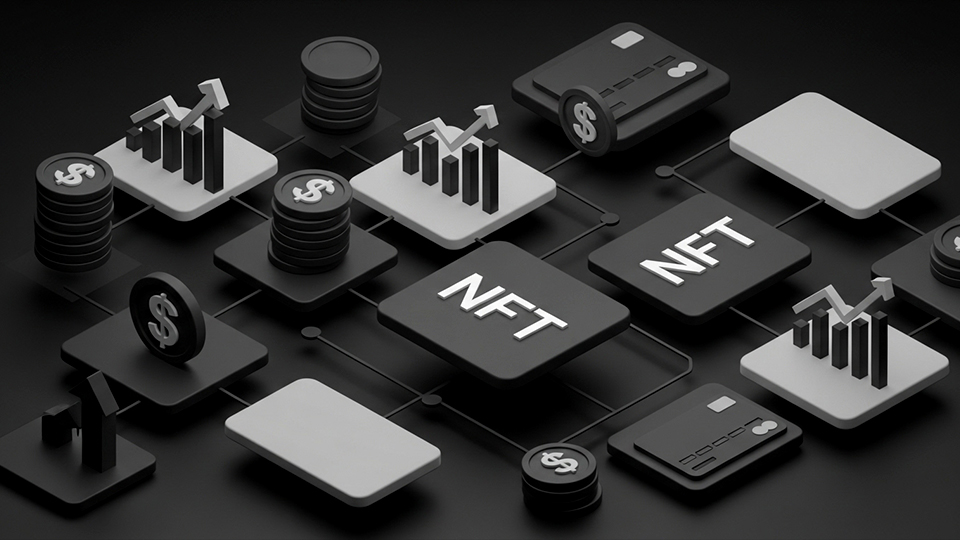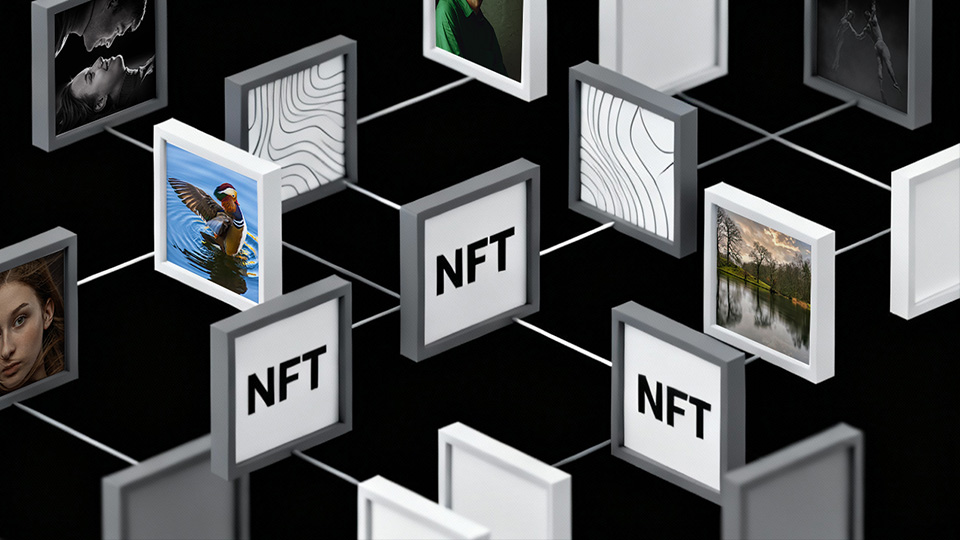What Are Cross-Chain Bridges?
Cross-chain bridges are essential components of blockchain interoperability, allowing users to transfer crypto tokens and digital assets between different blockchain networks. Since blockchains operate independently and often have unique protocols, they do not natively communicate with one another. Cross-chain bridges facilitate this interaction by enabling seamless asset transfers, thereby increasing liquidity and usability across multiple platforms.
Blockchain networks such as Ethereum, Binance Smart Chain (BSC), Solana, and Avalanche operate on separate infrastructures with their own consensus mechanisms and transaction models. Without cross-chain bridges, users and developers would be restricted to a single system, limiting the full potential of decentralized finance (DeFi), non-fungible tokens (NFTs), and other blockchain-based applications.
How Do Cross-Chain Bridges Work?
Cross-chain bridges function by locking tokens on the source blockchain and minting equivalent tokens on the destination blockchain. This process ensures that assets are not duplicated, preventing inflation and maintaining overall token supply consistency. There are two primary mechanisms used for bridging assets between blockchains:
- Wrapped Tokens – A smart contract locks the original asset on the source chain and issues a wrapped version on the target chain. For example, Wrapped Bitcoin (WBTC) allows Bitcoin to be used on the Ethereum network, enabling Bitcoin holders to participate in Ethereum-based DeFi applications.
- Liquidity Pools – Some bridges utilize liquidity pools, where users deposit tokens on one blockchain and withdraw equivalent assets from a pre-funded pool on another blockchain. This method allows for faster transactions but requires a substantial amount of liquidity to function effectively.
Additionally, bridges may use custodial or non-custodial models:
- Custodial Bridges – Operated by centralized entities that hold assets in reserve and issue equivalent tokens on another chain. While efficient, they introduce counterparty risks and reliance on trusted intermediaries.
- Non-Custodial Bridges – Utilize smart contracts and decentralized oracles to validate and execute transactions without relying on a central authority. These bridges enhance security and trust but may be susceptible to smart contract vulnerabilities.
Benefits of Cross-Chain Bridges
The adoption of cross-chain bridges offers several advantages to the crypto space, including:
- Increased Interoperability – Users can access decentralized applications (dApps) and services across different blockchain networks without being restricted to a single ecosystem.
- Enhanced Liquidity – Transferring assets across blockchains helps distribute liquidity, reducing market fragmentation and increasing efficiency in DeFi markets.
- Lower Transaction Costs – Some blockchains, such as Solana or Polygon, offer lower transaction fees than Ethereum. Bridges enable users to move assets to more cost-effective networks, optimizing their trading and DeFi activities.
- Expanded Use Cases – Cross-chain bridges unlock new opportunities for DeFi, gaming, NFTs, and enterprise blockchain applications by enabling seamless asset transfers between different ecosystems.
Challenges and Security Concerns
Despite their benefits, cross-chain bridges also present certain risks and challenges:
- Smart Contract Vulnerabilities – Since bridges rely on smart contracts, any bugs or security flaws can be exploited by malicious actors, leading to significant financial losses. Some of the largest crypto hacks in history have involved bridge exploits.
- Centralization Risks – Some bridges require third-party validators or centralized intermediaries to manage asset transfers, raising concerns about censorship and trust.
- Transaction Delays – Depending on network congestion and security protocols, some cross-chain transactions may take longer to process, impacting user experience.
- Cross-Chain Compatibility Issues – Differences in blockchain architectures, consensus mechanisms, and token standards can complicate the bridging process and require continuous development to maintain compatibility.
Security Measures for Cross-Chain Bridges
To mitigate security risks, developers and users should consider the following measures:
- Audited Smart Contracts – Bridges should undergo rigorous security audits by reputable firms to identify and fix vulnerabilities.
- Decentralized Validation – Implementing decentralized validators or multi-party computation (MPC) reduces reliance on centralized intermediaries, improving security.
- Monitoring and Governance – Continuous monitoring of bridge transactions and decentralized governance models can help detect anomalies and respond to threats proactively.
- Insurance and Compensation Funds – Some platforms offer insurance or compensation mechanisms to protect users against potential losses due to bridge failures or exploits.
The Future of Cross-Chain Bridges
As blockchain technology evolves, cross-chain bridges will continue to improve in security, efficiency, and functionality. Emerging solutions like zero-knowledge proofs, optimistic rollups, and decentralized bridges aim to enhance trust and reduce risks. Additionally, blockchain interoperability protocols, such as Polkadot’s relay chains and Cosmos’ Inter-Blockchain Communication (IBC) protocol, are designed to facilitate more secure and efficient cross-chain interactions.
The long-term vision for cross-chain interoperability is to create a seamless and secure multi-chain ecosystem where users can transfer assets freely without intermediaries or security concerns. By overcoming the existing challenges and leveraging new innovations, cross-chain bridges will play a crucial role in the mass adoption of blockchain technology.
Cross-chain bridges are not just a convenience; they are a necessity for the future of decentralized finance, NFTs, and blockchain applications. Their continued development will shape the landscape of digital asset management and blockchain connectivity, ultimately creating a more interconnected and efficient system.





